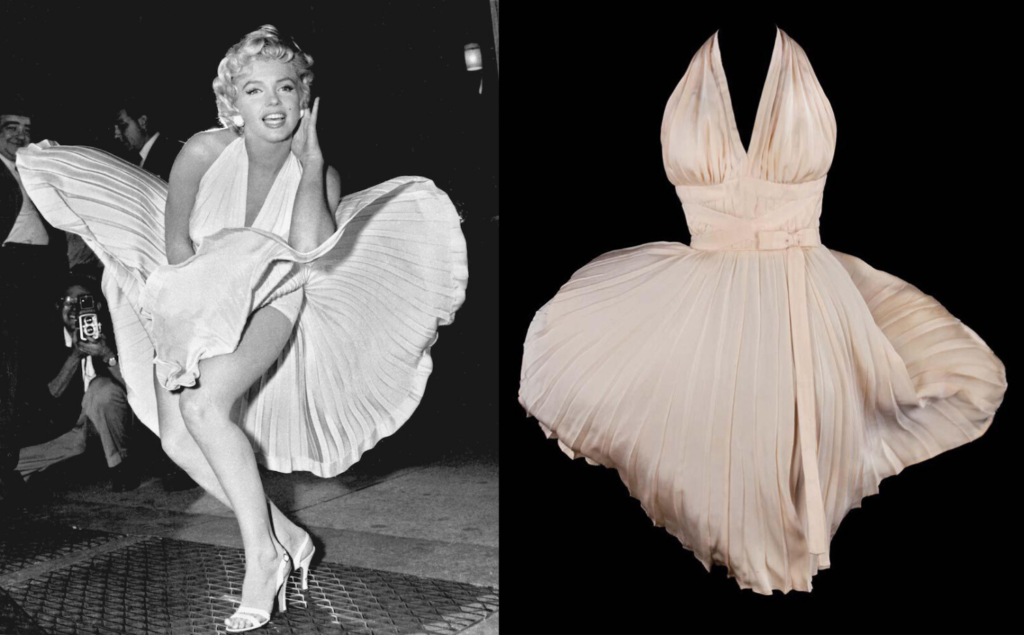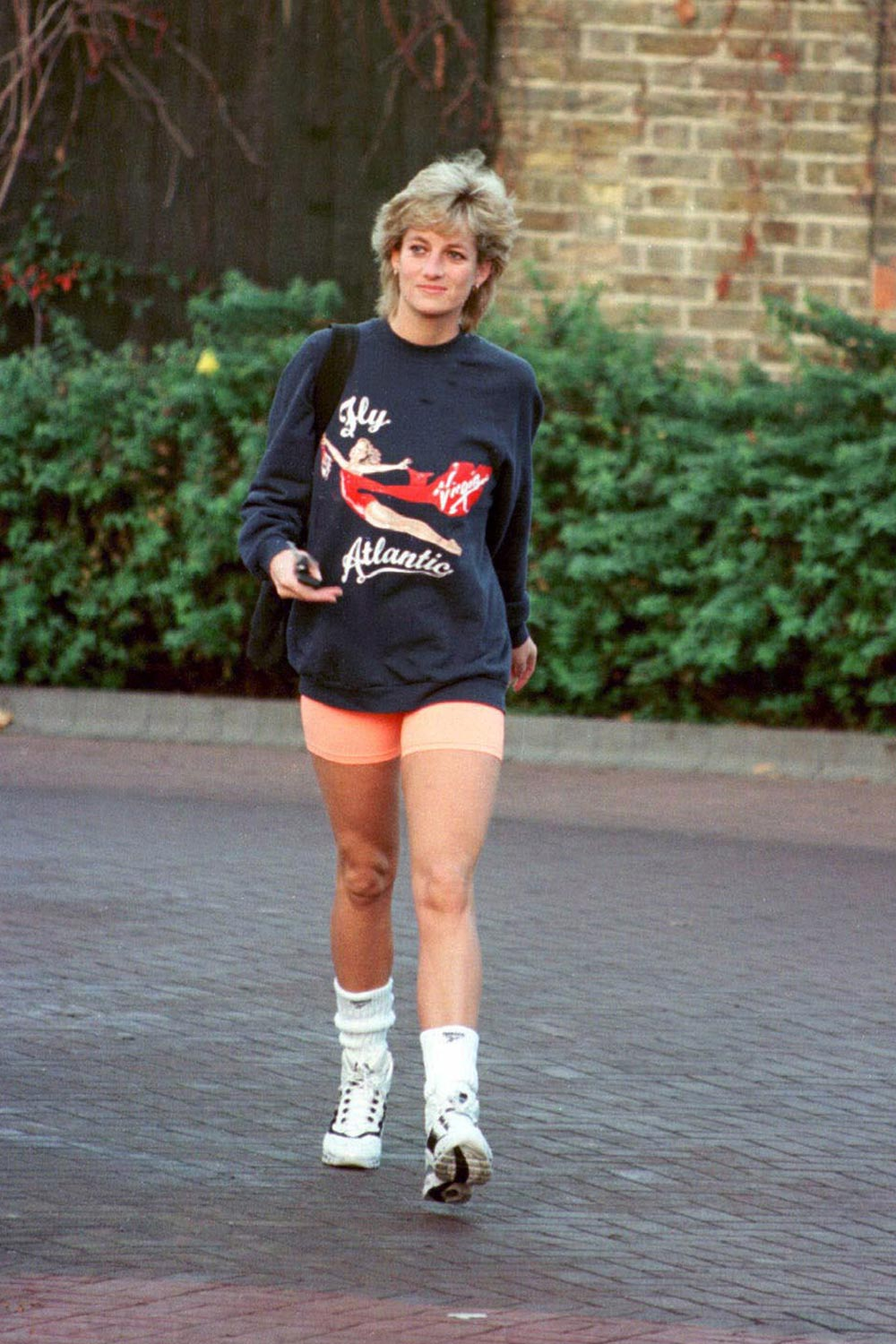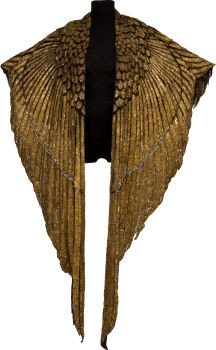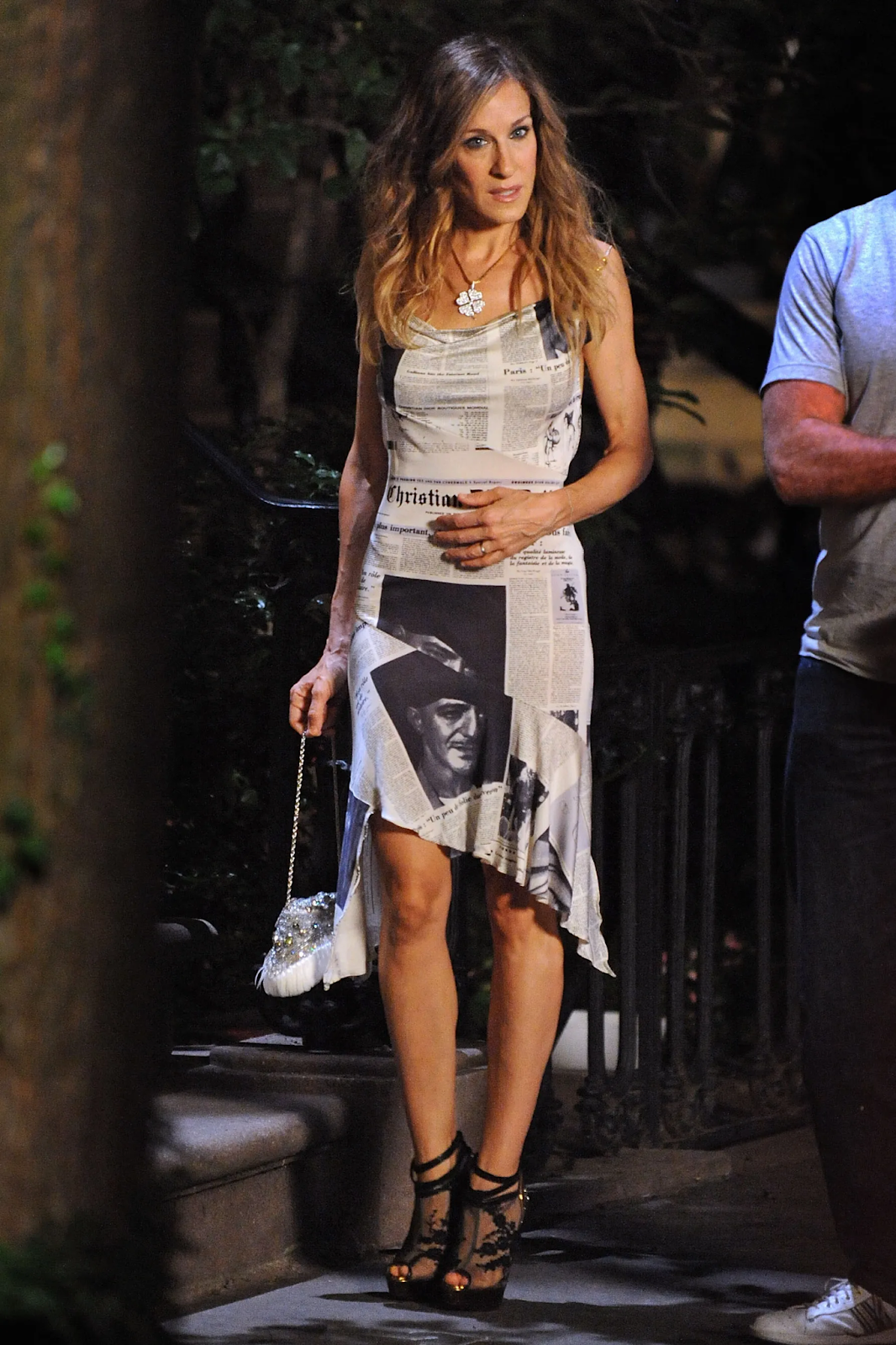Mention the original Jane Birkin bag to any fashion enthusiast, and they’ll light up—it recently sold for a jaw-dropping €8.6 million. I, myself, am still in disbelief. When it first launched, the retail price hovered around €5,000 to €10,000.
That’s an appreciation of over 800 times the original value.
As someone deeply passionate about fashion, I’m always on the lookout for the next standout piece—but this moment gave me pause. Do people truly realise that vintage fashion can serve as a form of investment? While we often discuss timeless style and iconic statement pieces, moments like this remind us that certain items, thanks to their cultural relevance and rarity, can appreciate just like fine art.
This sale solidifies one thing: certain vintage fashion deserves to be treated with the same long-term lens we typically reserve for traditional assets like art or real estate.
And the numbers back it up. Let’s take a look at some of the most staggering vintage fashion sales to date.
When you think of Marilyn Monroe, your mind probably jumps to her sultry rendition of “Happy Birthday, Mr President.” But that wasn’t her most valuable dress.
Possibly one of the most recognisable pieces of 20th-century fashion, the ivory pleated dress designed by William Travilla for The Seven Year Itch (1955) became nearly as iconic as Monroe herself. It instantly conjures the unforgettable image of her laughing over a subway grate, her skirt billowing midair.
Here’s the kicker: Debbie Reynolds bought the dress for just $200 in 1971. In 2011, it sold for $4.6 million. Adjusted for inflation, that’s roughly $1,587 today—meaning it appreciated by over 2,800 times.
Now that’s a smart purchase.

Dresses aren’t the only items that fetch high prices at vintage auctions.
Princess Diana’s iconic navy sweatshirt—worn repeatedly to prevent paparazzi from capturing fresh images of her—was auctioned off for £43,000 (approximately €49,500). The People’s Princess deliberately chose this outfit for her daily routines, believing that the media should focus on stories far more important than her gym schedule.
Its value was never just about fabric—it was about rebellion, grace, and a quiet fight for privacy in the public eye.

The gold cape worn by Elizabeth Taylor in the 1963 epic Cleopatra sold for nearly €57,000. A longtime favourite of the actress, it graced countless magazine covers and editorial spreads, quickly becoming one of the most cherished pieces of memorabilia tied to her glamorous image.
Why the steep price? Cleopatra won Best Costume Design at the Oscars, and the cape came to symbolise peak fame, beauty, and power. It wasn’t just a costume—it was cinematic royalty. For collectors and fans alike, that made the price entirely worth it.

John Galliano—a controversial figure, no doubt. But even his harshest critics can agree: the man knew how to craft a show-stopping silhouette. Every fashion-forward twenty-something has, at some point, imagined strutting through Manhattan in that dress.
Extra, extra—it’s a showstopper.
But here’s the real headline: the dress is now being sold for €214,030, a staggering leap from its estimated €2,500 retail value in 2001.
Honestly? One of the best fashion investments of the 21st century.

These sales prove that vintage fashion isn't just beautiful—it’s bankable. Items once bought for passion or performance are now treated as prized assets, appreciating just like art, wine, or real estate. The emotional and cultural stories woven into these garments often become their most valuable threads.
It’s wild to think that a sweatshirt, a costume cape, or a simple dress could one day be worth tens, if not hundreds of thousands of euros. But time and time again, we see fashion pieces appreciating in value at staggering rates. It’s not just about what’s trending right now, t’s about cultural context, emotional symbolism, and rarity.
And if there’s one thing that the most jaw-dropping auction sales have shown us, it’s that fashion has long-term investment potential that many still underestimate. So, what are some factors that contribute to an increase in valuation?
First, there’s cultural significance. Certain pieces become valuable because they’re tied to a defining moment in time. Marilyn Monroe’s subway dress is a perfect example. Yes, it’s a beautiful ivory pleated piece, but what makes it iconic is the moment: Monroe laughing, standing over a subway grate, creating one of the most unforgettable images of 20th-century cinema. That dress doesn’t just represent style; it represents history.
Then comes celebrity association. The fashion items worn or owned by icons like Princess Diana or Elizabeth Taylor carry a level of prestige that goes far beyond labels. Diana’s gym sweatshirt wasn’t couture or rare, it was worn repeatedly by someone the world adored, and it stood for privacy, resistance, and personal freedom. That kind of emotional and symbolic value is what transforms everyday pieces into legacy artifacts.
Media exposure plays a huge role too. The more we see something, the more it embeds itself in public memory. Elizabeth Taylor’s gold Cleopatra cape became a visual shorthand for Old Hollywood glamour and power, splashed across magazine covers and editorial spreads. Same goes for the Galliano newspaper dress, immortalised by Carrie Bradshaw, and now deeply entrenched in fashion pop culture.
Rarity is another major factor. Limited runs, discontinued designs, or one-of-a-kind custom pieces are always going to be more sought after, especially when the craftsmanship holds up over time. Collectors know they’re not just buying a garment, they’re acquiring something that no one else in the world can have.
At the end of the day, people aren’t just investing in fabric—they’re investing in meaning. In memory. In identity. That’s what makes vintage fashion so powerful. The right person wearing it can be the key to unlocking the kind of cultural capital that drives prices sky-high.
Whether you’re buying or selling, keep your eyes peeled—you never know when you’ll stumble across your next investment piece. 👀
Note: This is an opinion piece written by Vidya Suppiah.